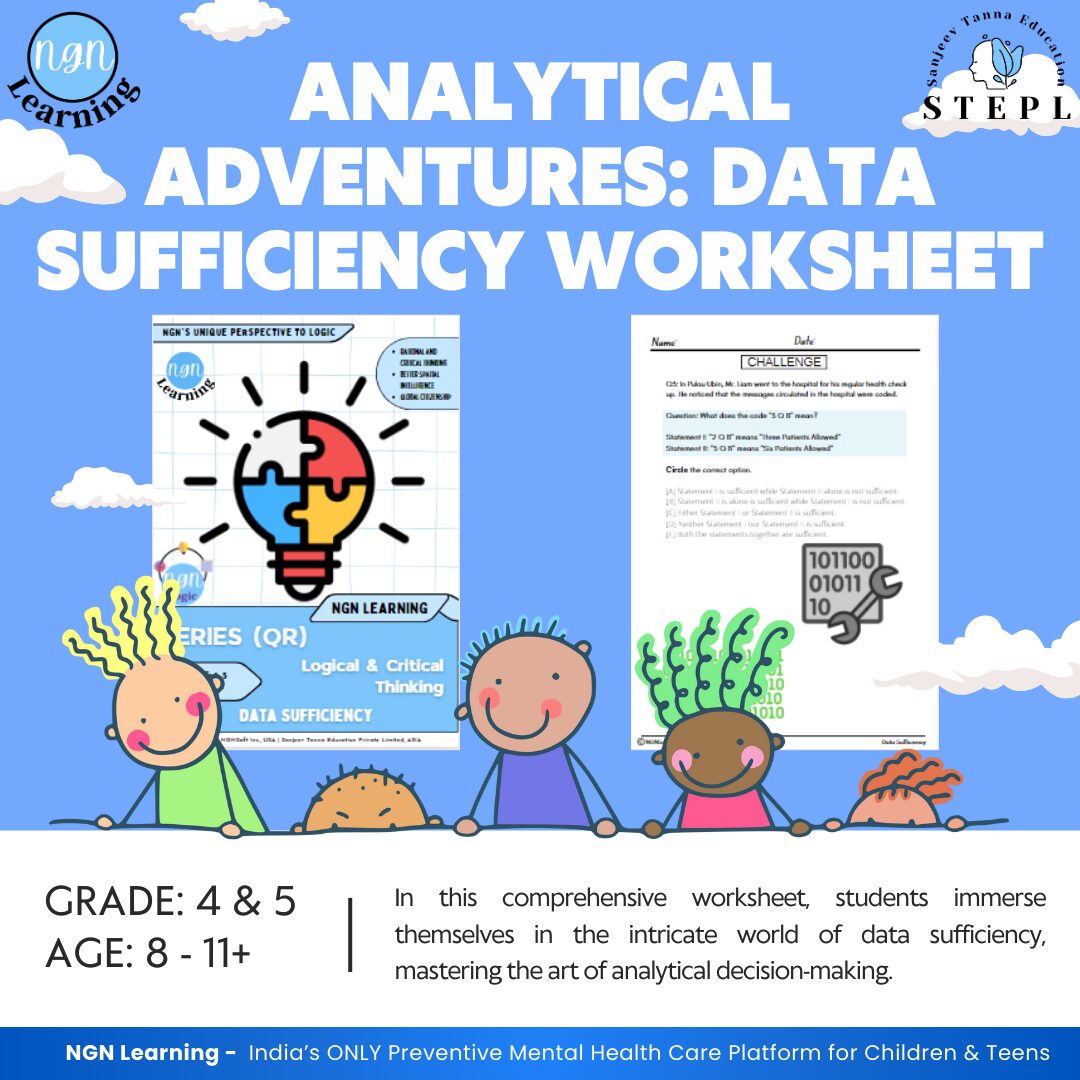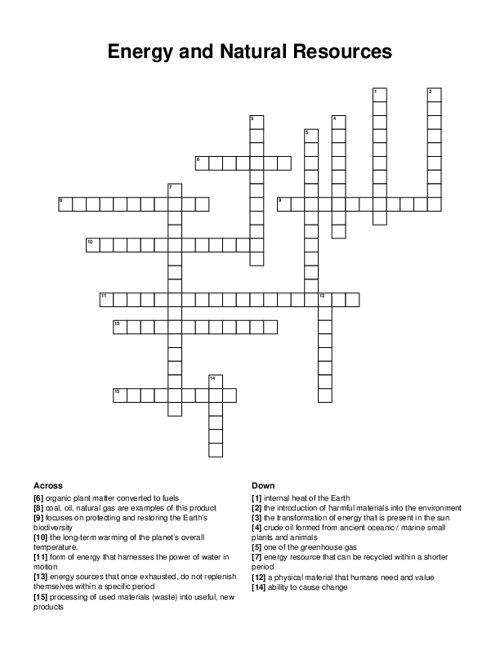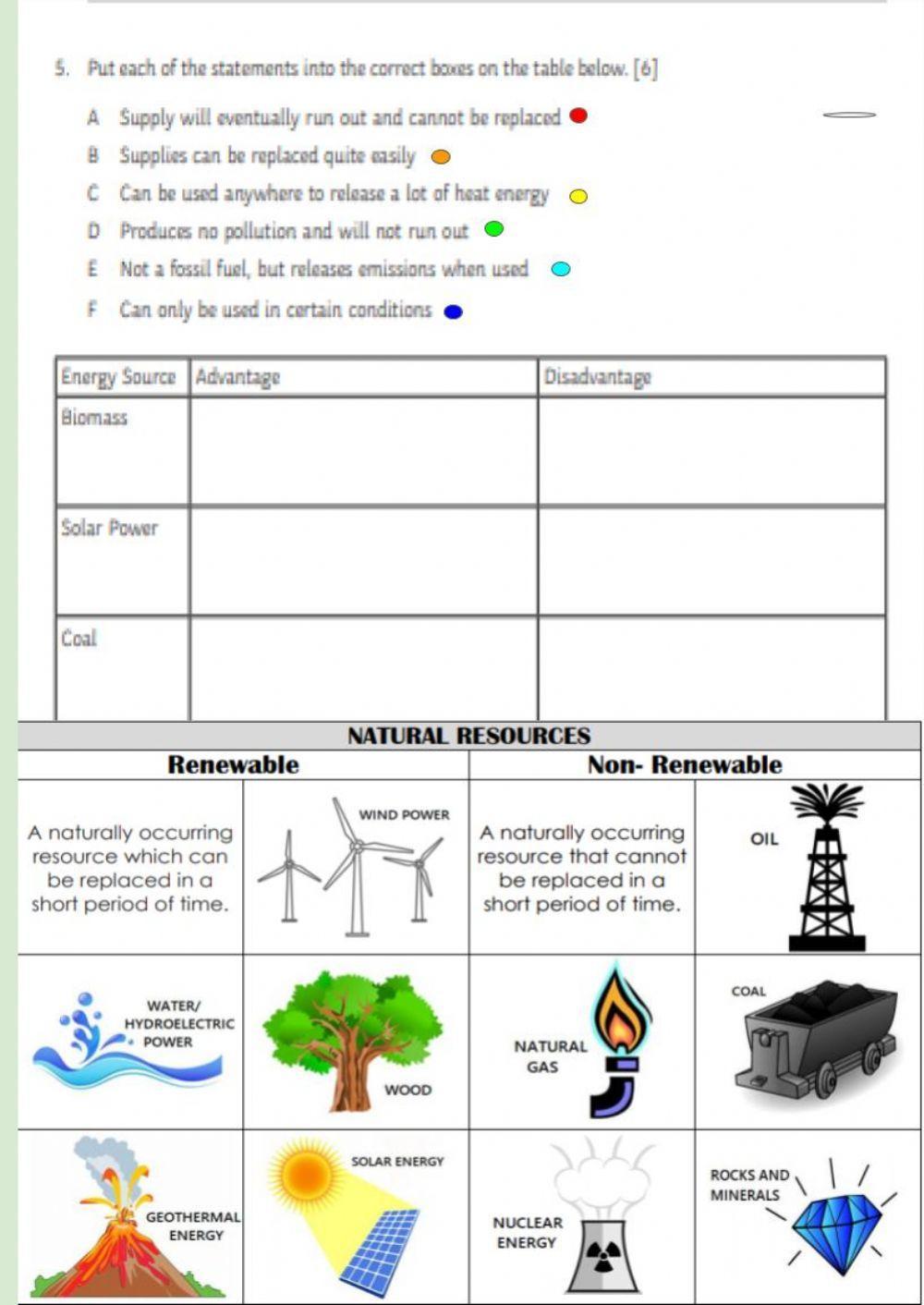Comparing Energy Resources An Analytical Adventure Answer Key

A comprehensive analysis comparing various energy resources has revealed critical insights into their performance, cost-effectiveness, and environmental impact. The findings, detailed in the "Comparing Energy Resources: An Analytical Adventure" answer key, are poised to influence future energy policy and investment decisions.
This report serves as a crucial tool for stakeholders seeking to understand the multifaceted landscape of energy production and consumption. It provides data-driven comparisons across a range of resources.
Key Findings: A Comparative Overview
The analysis encompasses a wide array of energy sources, including fossil fuels, nuclear energy, and renewables such as solar, wind, and hydropower.
Fossil Fuels: Performance and Challenges
Fossil fuels, including coal, oil, and natural gas, continue to dominate global energy production, owing to their established infrastructure and high energy density. However, their significant greenhouse gas emissions are a major concern. According to the Environmental Protection Agency (EPA), fossil fuel combustion is the primary source of greenhouse gases in the United States.
The report highlights the need for carbon capture and storage technologies to mitigate the environmental impact of fossil fuels. Investment in these technologies remains a critical area for development.
Nuclear Energy: Efficiency vs. Risk
Nuclear energy offers a low-carbon alternative to fossil fuels with high power output. However, concerns about nuclear waste disposal and the risk of accidents remain significant barriers to widespread adoption. The report cites the International Atomic Energy Agency (IAEA) as a key source for safety standards and waste management protocols.
Advanced reactor designs, promising enhanced safety and reduced waste, are a subject of ongoing research and development. These could potentially reshape the future of nuclear energy.
Renewable Energy: Growth and Variability
Renewable energy sources, such as solar, wind, and hydropower, are experiencing rapid growth. Driven by declining costs and increasing environmental awareness, these sources are becoming increasingly competitive. The International Renewable Energy Agency (IRENA) reports a substantial decrease in the levelized cost of energy (LCOE) for solar and wind technologies.
However, the intermittent nature of solar and wind energy poses challenges to grid stability. The report emphasizes the need for energy storage solutions and smart grid technologies to address these challenges.
Hydropower: A Mature Renewable
Hydropower is a well-established renewable energy source, providing a significant portion of global electricity. Its reliability is high, but it comes with environmental consequences like alteration to river ecosystems. The World Bank has funded many hydro projects, but now prioritizes environmental sustainability in energy development.
New hydro projects are increasingly scrutinized due to their potential impact on biodiversity and water resources.
Cost-Effectiveness Analysis
The answer key provides a detailed cost analysis of each energy source, considering capital costs, operating expenses, and fuel costs. Solar and wind are rapidly becoming cost-competitive with fossil fuels, particularly in regions with favorable resource availability. This will have major impact on the energy mix of nations in the coming years.
Environmental Impact Assessment
The environmental impact assessment covers a range of factors, including greenhouse gas emissions, air and water pollution, land use, and biodiversity impacts. The study uses the UN Framework Convention on Climate Change (UNFCCC) guidance for global emission standards. Renewables generally have a significantly lower environmental footprint than fossil fuels.
Comprehensive life cycle assessments are essential for accurately comparing the environmental impacts of different energy sources.
Policy Implications and Next Steps
The findings of this analysis have significant implications for energy policy and investment decisions. Governments and businesses must consider the environmental impact, cost-effectiveness, and reliability of each energy source when making long-term plans.
Ongoing research and development are crucial for improving the performance and reducing the costs of renewable energy technologies. Future analyses will focus on emerging technologies such as advanced batteries and hydrogen fuel cells. The report also states that the Department of Energy will be providing updates and new research in the upcoming months.

















